Gardening FAQ #6 – What You Need To Know
In this article, we go through the common gardening faq, problems and solutions you need when growing your plants indoor and outdoor.
Pomegranate fruit are edible
I bought a pomegranate plant three years ago from a local nursery. Recently, it has been producing larger fruit. Are they edible?
Pomegranate fruit are edible. But the quality will depend on the cultivar.
Some cultivars are bred for ornamental purposes, in which plants produce abundant attractive flowers and fruit. As such, the fruit that such cultivars produce may not have the desired qualities for consumption, such as large fruit with sweet fleshy pulp.
Some cultivars are bred for consumption purposes. Pomegranate is one of the healthiest fruits on earth. Pomegranate has many incredible health benefits for your body.
Pomegranate has anti-oxidant, anti-viral and anti-tumor properties and is said to be a good source of vitamins, especially vitamin A, vitamin C, and vitamin E, as well as folic acid. This amazing fruit consists three times as many antioxidants as both wine or green tea. Consuming pomegranate also lowers the risk of all sorts of diseases.
Air plants prone to drying out when grown in high-rise apartments
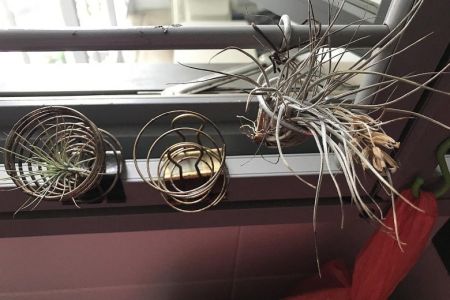 I bought air plants a year ago and, as the months went by, they seem to be worsening. I had one by the bedroom window, where there is direct sunlight and strong winds. I sprayed water on it every two to three days, but the plant died in six months. Another was left on the study table – it received fluorescent light and water through spraying every three to five days – but it died after three months. My other air plants are hung in the kitchen, which is breezy, and they are also sprayed with water. They are surviving, but not flourishing. How can I help them to thrive?
I bought air plants a year ago and, as the months went by, they seem to be worsening. I had one by the bedroom window, where there is direct sunlight and strong winds. I sprayed water on it every two to three days, but the plant died in six months. Another was left on the study table – it received fluorescent light and water through spraying every three to five days – but it died after three months. My other air plants are hung in the kitchen, which is breezy, and they are also sprayed with water. They are surviving, but not flourishing. How can I help them to thrive?
Air plants are epiphytic members of the genus Tillandsia. These plants grow best when they get filtered sunlight for at least four hours daily.
Artificial light needs to be intense enough to support plant growth.
These plants thrive in humid areas and the windy locations with low humidity in high-rise settings make it quite hard to grow them.
Such conditions dry the plants quickly. Spraying with water may not be sufficient to hydrate them.
Some people find it beneficial to grow air plants among other foliage houseplants – the latter creates a microclimate with higher humidity that helps to prevent the air plants from drying out.
Ensure your air plants are not shaded from sunlight if you decide to grow them among other houseplants.
You can also consider using growing light fixtures to help you better manage the exposure to sunlight.
Gardening FAQ – No scientific research reports to back claims ZZ plant releases toxic gases
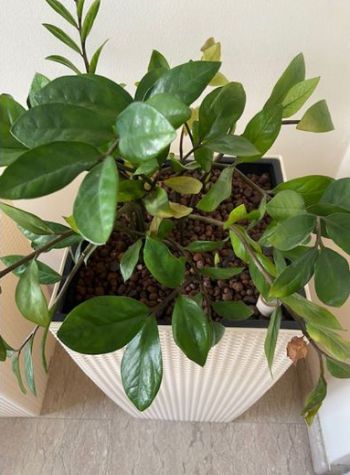 I bought this plant to be placed indoors due to the ease of care. I was warned the plant emits unhealthy gases which may poison the body in the long term. Is this a myth?
I bought this plant to be placed indoors due to the ease of care. I was warned the plant emits unhealthy gases which may poison the body in the long term. Is this a myth?
To date, there have been no peer-reviewed, reputable, scientific research reports to back claims that the ZZ plant (Zamioculcas zamiifolia) releases toxic gases that are harmful to humans.
This plant belongs to the yam family (Araceae) and, similar to other plants from the same family such as the money plant and common edible yam, it has minute calcium oxalate crystals in its sap and tissue.
ZZ plant, with its wide, attractive, dark green leaves, boasts many favorable traits for offices and homes. ZZ plant tolerates neglect, is drought tolerant, and accepts low-light conditions without throwing a fit. Its waxy, smooth leaves reflect sunlight and brighten rooms. ZZ usually grows slowly to a height and width of two to three feet so it is not a plant monster that outgrows containers quickly.
ZZ plant also is an air purifier and in a NASA study, researchers found it is specifically adept at removing copious amounts of toxins such as xylene, toluene, and benzene from the air.
ZZ’s one major drawback is that all parts of the plant are poisonous. People with sensitive skin should avoid contact with its sap and tissue and not eat the plant, as these crystals can cause inflammation and discomfort.
During the 2010s there were false rumors that ZZ was so toxic that the plant caused cancer, and was so dangerous that people wore gloves when handling it. The truth? It’s toxic but not cancerous. Don’t eat it, keep it away from nibbling pets and overly curious children, and always wash your hands after handling it to avoid skin irritation.
Turtle Plant may need more light and frequent watering
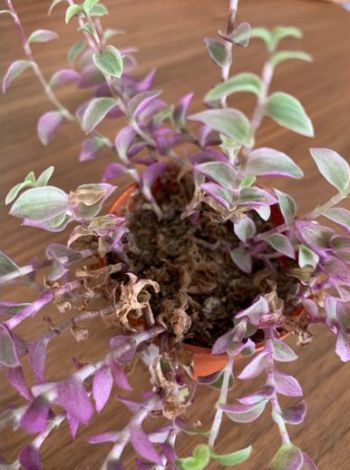 I bought this Wandering Jew in February and it has grown. However, the bottom portion has withered and the soil looks dry and bald. I have kept the plant indoors, away from sunlight, and watered it only once a week. What is happening?
I bought this Wandering Jew in February and it has grown. However, the bottom portion has withered and the soil looks dry and bald. I have kept the plant indoors, away from sunlight, and watered it only once a week. What is happening?
The plant is a variegated version of Callisia repens, commonly known as the Turtle Plant.
Your plant looks lanky with widely spaced leaves along the stem, which is an indication of the lack of sunlight. This plant grows better when it is in a location with filtered sunlight for four to six hours daily. Read our guide on growing light fixtures on what you can do in this situation.
Also, from your description and the picture, the plant seems to be grown in a rather small pot. You may want to move it into a slightly larger pot. The soil should be friable and well-drained. Read our guide on grow bags to help in this.
The drying of lower leaves is a sign that the plant was allowed to dry out excessively. It is necessary to water this plant to keep the soil moist and allow it to dry out only slightly before watering again.
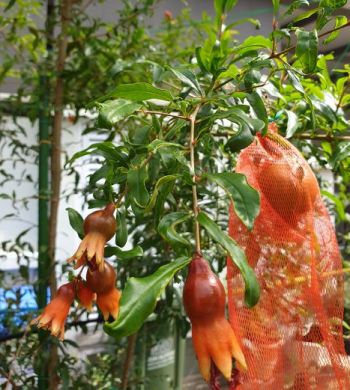
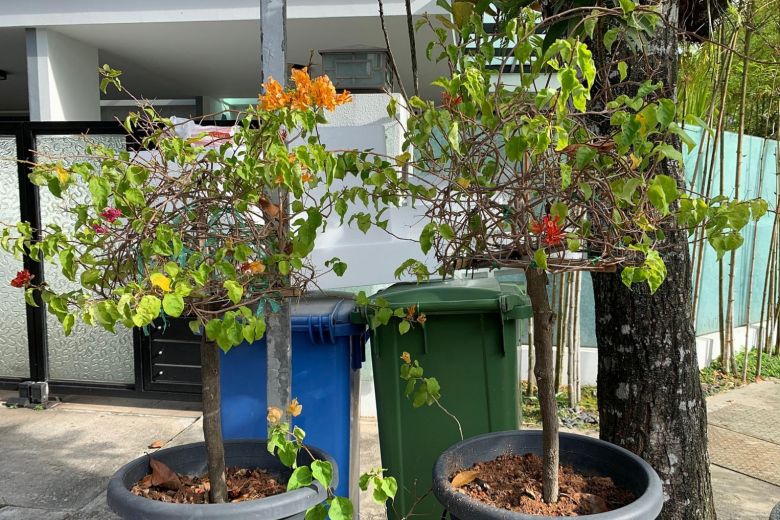
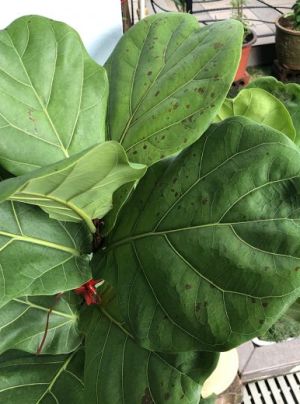 Recently, my plant has many black spots on the upper sides of its leaves. Are the leaves burnt due to overexposure to the sun or is it due to a bacterial infection? What is the name of this plant? Is it an indoor or outdoor plant? Would it grow into a small tree and do I need to move it to a bigger pot?
Recently, my plant has many black spots on the upper sides of its leaves. Are the leaves burnt due to overexposure to the sun or is it due to a bacterial infection? What is the name of this plant? Is it an indoor or outdoor plant? Would it grow into a small tree and do I need to move it to a bigger pot?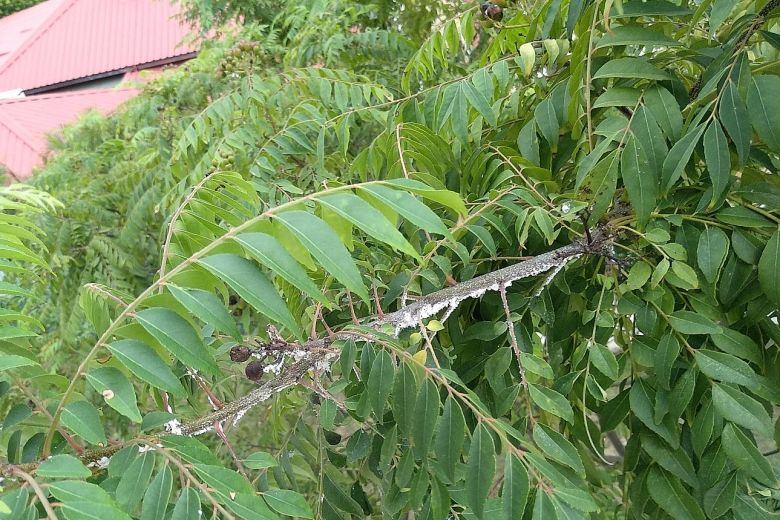
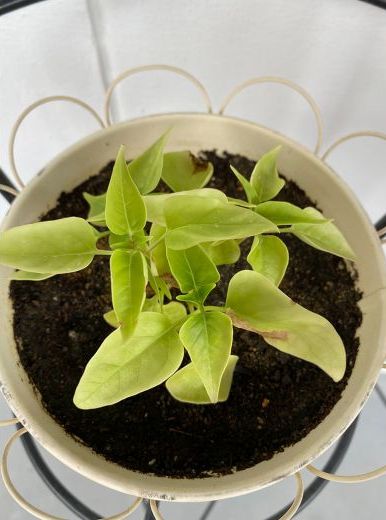 I grew this plant from seeds. I was told it usually blooms in the evening. It seems to have stopped growing and the leaves look “burnt”. What plant is this? What is wrong with it?
I grew this plant from seeds. I was told it usually blooms in the evening. It seems to have stopped growing and the leaves look “burnt”. What plant is this? What is wrong with it?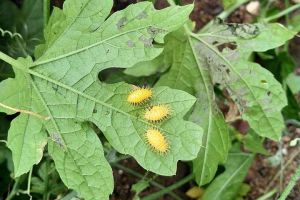
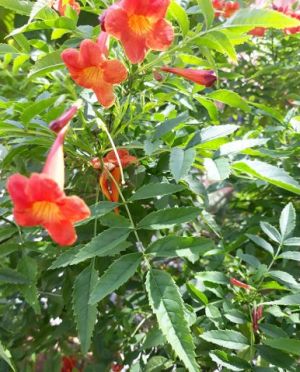 What is the name of this shrub? It seems to be a free flowering plant. What is the best and/or easiest way to propagate it? I have tried rooting cuttings, but without any success.
What is the name of this shrub? It seems to be a free flowering plant. What is the best and/or easiest way to propagate it? I have tried rooting cuttings, but without any success.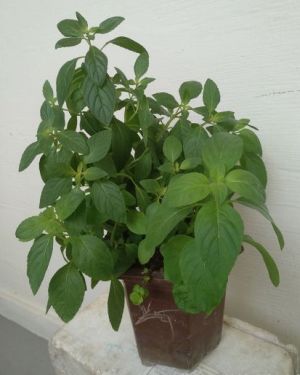 I was told this plant is a mint. What is its name and are the leaves edible?
I was told this plant is a mint. What is its name and are the leaves edible?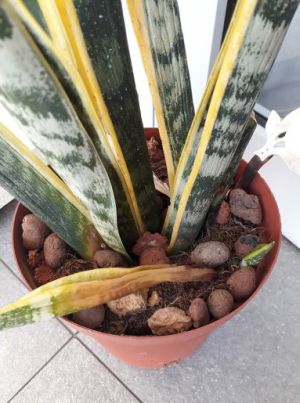
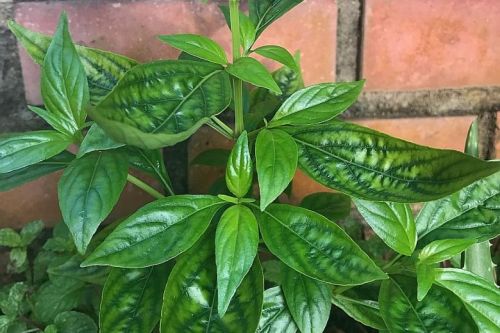
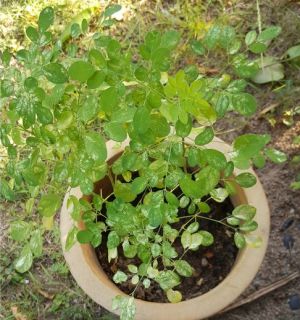
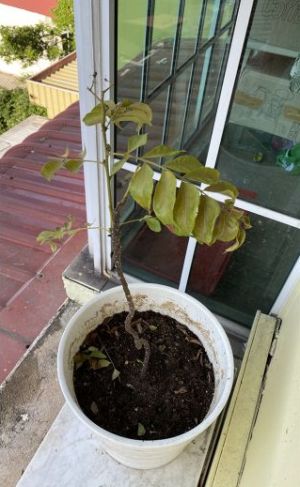 I have been growing curry leaves for three years, but there are only a few stalks of leaves at any time. I have replanted it several times, increasing the pot size each instance. Lately, there has been no new stalk of leaves and the remaining branches of leaves are turning yellow. This is even though I have added fertiliser, which usually restores the plant.
I have been growing curry leaves for three years, but there are only a few stalks of leaves at any time. I have replanted it several times, increasing the pot size each instance. Lately, there has been no new stalk of leaves and the remaining branches of leaves are turning yellow. This is even though I have added fertiliser, which usually restores the plant. The upper part of this plant grows well, but the lower part is dropping branches. Why is this happening?
The upper part of this plant grows well, but the lower part is dropping branches. Why is this happening?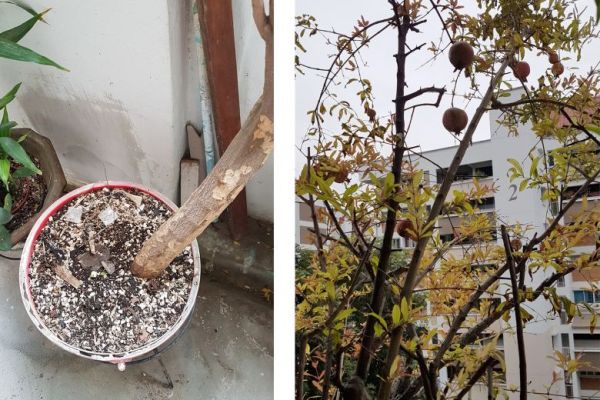

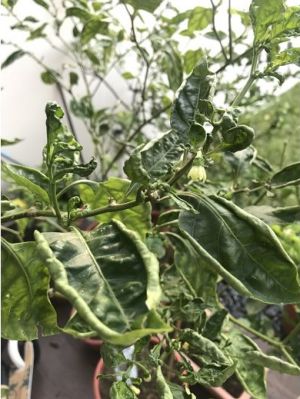 The leaves on my chilli plant are not growing as broad as they should and they seem to curl. Also, the flowers seem to be dropping off as though the plant is stressed. The plant was doing better than previous batches. There was at least one harvest of chillies. I prefer not to use synthetic products. I treated the plant for white flies previously. I also had some success initially with a solution of diluted wood vinegar.
The leaves on my chilli plant are not growing as broad as they should and they seem to curl. Also, the flowers seem to be dropping off as though the plant is stressed. The plant was doing better than previous batches. There was at least one harvest of chillies. I prefer not to use synthetic products. I treated the plant for white flies previously. I also had some success initially with a solution of diluted wood vinegar.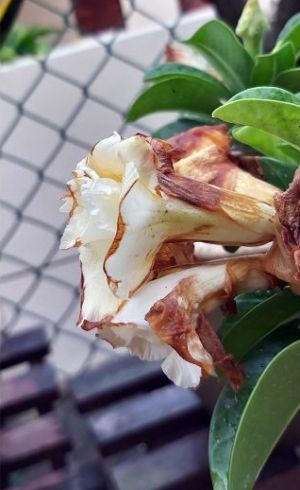 I have several pots of Adenium Desert Rose. One plant, with yellow double-petal flowers, has been blooming regularly, but started to show brown/black patches on the edges of its blooms. I tried using malathion, neem oil and fungicide, all to no avail. The plant continues to sprout new blooms that eventually turn black. What should I do to save it?
I have several pots of Adenium Desert Rose. One plant, with yellow double-petal flowers, has been blooming regularly, but started to show brown/black patches on the edges of its blooms. I tried using malathion, neem oil and fungicide, all to no avail. The plant continues to sprout new blooms that eventually turn black. What should I do to save it?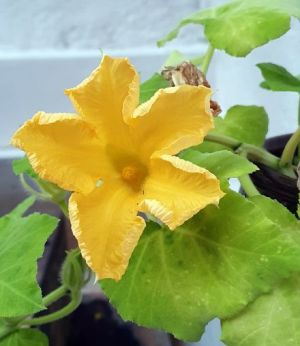 A plant sprouted in my pot and there is also a flower. What is the name of the plant?
A plant sprouted in my pot and there is also a flower. What is the name of the plant?